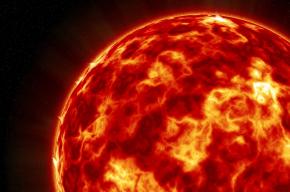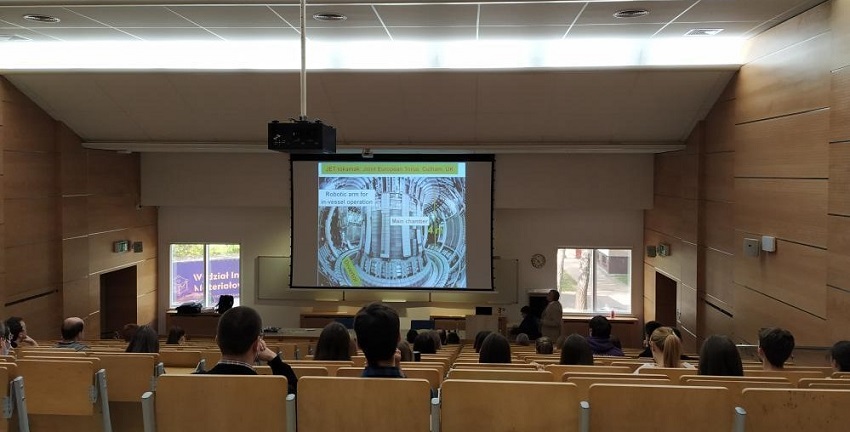Wykład prof. Marka Rubla z KTH Royal Institute of Technology
11 października 2021 roku o godz. 10.15 w Auli im. Profesora Jerzego Witolda Wyrzykowskiego odbył się wykład pt. "Plasma – Material Interactions in Controlled Fusion Devices & Analysis of Wall Components", który wygłosił prof. Marek Rubel.
Professor Marek Rubel
KTH Royal Institute of Technology, School of Electrical Engineering and Computer Science, Fusion Plasma Physics
Under terrestrial conditions fusion plasmas must be surrounded by walls of a vacuum vessel and confined by strong external forces such as high power beams or by magnetic fields. Energy stored in a magnetically confined plasma and the enormous temperature gradients between the plasma and the wall pose very stringent requirements regarding both plasma edge shaping and selection of the most appropriate fusion reactor materials.
The aim of this lecture is to give an overview of phenomena resulting from the interactions of particles escaping the plasma with the surrounding wall. The wall is irradiated by high fluxes of charged particles (electrons, ions), charge exchange neutrals, photons and neutrons. In a consequence, wall materials are eroded and the fusion plasma becomes contaminated by the species removed from the wall.
Physics and chemistry of processes underlying different erosion pathways are briefly explained. Then key issues in the characterization of plasma-facing materials are addressed. This also includes a word on the role of analysis in the process of material selection and qualification for the reactor first wall. The underlying physics of methods and practical aspects of analysis procedures will be described.
Outline
1. Controlled thermonuclear fusion and energy release
2. Physics underlying plasma – material interactions
3. Mechanisms of wall erosion and their impact on plasma contamination
4. Erosion and re-deposition
5. Fuel inventory
6. Overview of surface analysis methods for studies of plasma facing materials and components.
7. Ion beam analysis methods: RBS, NRA, PIXE, ERDA
8. Examples of results: fuel inventory; dust; component lifetime (diagnostic mirrors).



